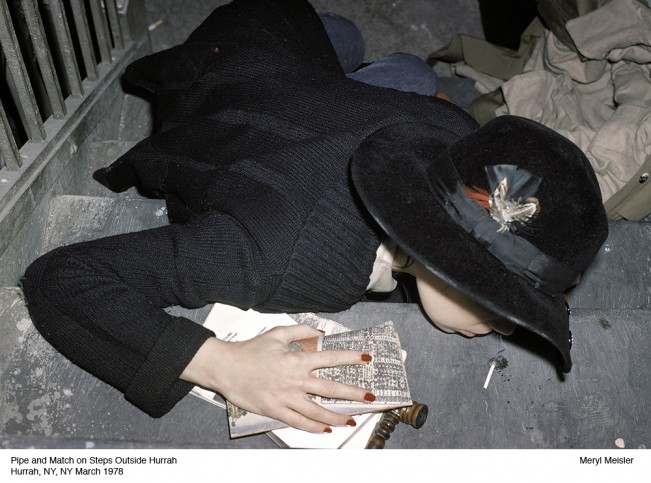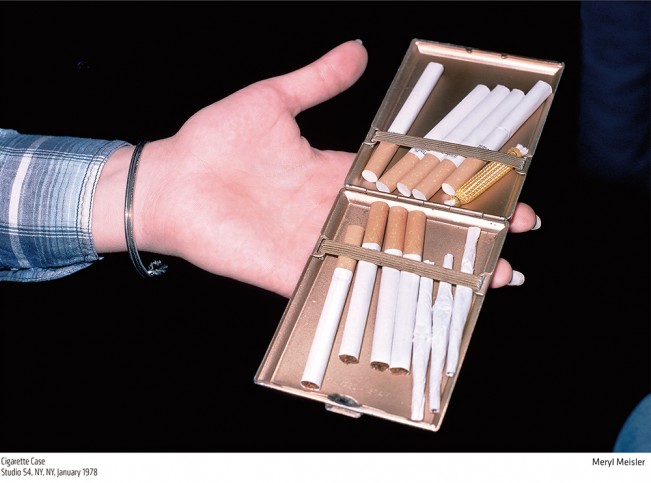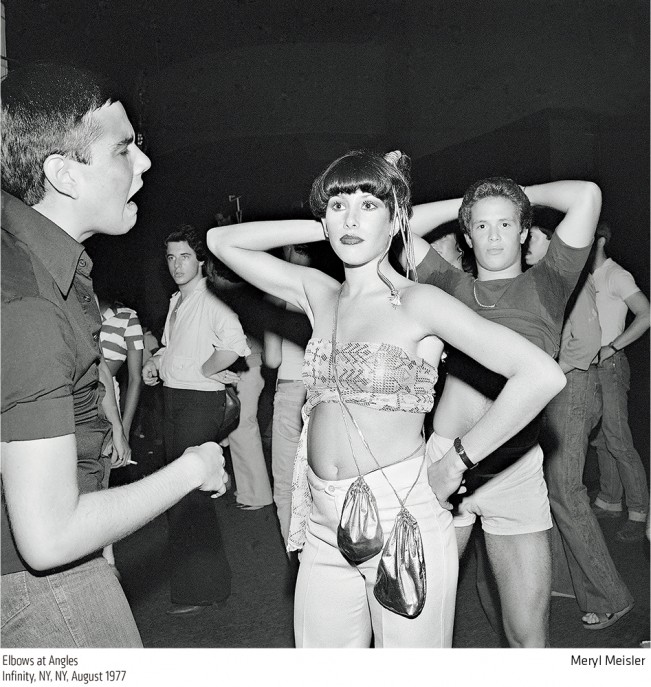Meryl Meisler: A Tale of Two Cities: Disco Era Bushwick
Photographer Meryl Meisler has a lot going on. She recently published A Tale of Two Cities: Disco Era Bushwick to much acclaim and will soon be launching a new book, Purgatory & Paradise: Sassy ‘70s Suburbia & The City at the Bushwick Open Studios at The Black Box Gallery in June 2015. Today I feature work from A Tale of Two Cities, a project that highlights New York in the 1970’s and focuses on two cities existing in very different realities.
Meryl Meisler was born in the South Bronx and raised in Massapequa, NY. She is the daughter of a commercial printer and an employment “head hunter”, and the granddaughter of Eastern European Jewish immigrants from Russia, Hungary and Galicia. Upon graduating from SUNY College at Buffalo and University of Wisconsin at Madison, she moved to NYC in 1975. She’s worked as a freelance illustrator and photographer, taught art in the NYC Public Schools and continues to teach future art teachers at New York University.
Meryl has received fellowships and grants from New York Foundation from the Arts, The Puffin Foundation, Time Warner, Artists Space, C.E.T.A., the China Institute and the Japan Society. She has exhibited at the Brooklyn Museum, Brooklyn Historical Society, Dia Center NYC, MASS MoCA, The New Museum of Contemporary Art, The Whitney Museum of American Art and in public spaces such as Grand Central Terminal, The South Street Seaport and throughout the NYC subway system. Her work is in the permanent collections of AT&T, Bibliothèque Nationale de France, Brooklyn Historical Society, Library of Congress, Islip Art Museum, Metropolitan Transit Authority, Pfizer, Reuters, Columbia University, American Jewish Congress, and within artist books collections of the Whitney, MOMA, Metronome, Museum of The City of NY, The Brooklyn Collection, Carnegie Mellon, Chrysler Museum and the Centre Georges Pompidou.
Meryl is married to Patricia Jean O’Brien; they live and work in NYC and Woodstock, NY with their dog Via.

Decadence, Decay and Determination
New York City in the late 1970’s was a wild place and time, the site of my own roaring twenties. I was madly in love with the city and carried my medium format camera everywhere. In 1977, I met Judith DeLong, an outrageous firecracker, and proposed a photo shoot for a magazine I freelanced for. She accepted, and we began photographing the volcanic club scene that was exploding all around us. When Studio 54 opened in April, there were always throngs waiting and wanting in. To stand out from the crowd, we’d design flamboyant costumes for Judith – a different one every night. We’d sashay up and she’d call out to the doorman, “Marc! Marc!” Then, as if by magic, the red velvet rope would part the crowd, and in we’d go to dance and photograph the night away. Every week a new disco popped up, and we’d hit the hottest ones, especially on opening night.

July 13, 1977 was to be a momentous evening at Studio 54. One of the owners invited Judith, ostensibly to see our work, to be his personal guest. But if you invited Judith, Meryl came along. Oh yes, I was excited – we were gaining entrée to the legendary private rooms reserved for the stars!

But while getting ready at my place – BAM! The lights went out in my building…and all the surrounding buildings. The subway wasn’t running, traffic signals were down, but nothing was going to stop us. So we got on our bikes and rode downtown on dark streets, headlights glaring at us from all directions as we paused at Columbus Circle. At Studio 54 a few stragglers waited outside, but the doors were locked. We pounded, but no reply. Waited a while, pounded some more. But it was the real thing, a big black out, maybe even as big as the one I’d experienced in 1965.
In the following days, New York felt like a small town. I photographed people hanging out on the street as headlines and radio blasted news about a place I never heard of before – Bushwick. It was burning, with looting and rioting that went on and on. A few days later, we were back partying at Studio 54, lights blazing, life back to normal, but not so in the hellhole called Bushwick. 
I began working as a C.E.T.A. photographer (the WPA of the 1970’s) documenting Jewish New York. To limit the amount of B&W film I was developing and printing every day, I started carrying a 35mm camera with color slide film to the clubs. When C.E.T.A. ended and freelance work became sporadic, I started teaching art in the New York City public school system; workdays began at 8am. Classroom management and planning on weekends put a hard brake on most of my nightlife activities.
In December 1981, I finally reached the top of the list for a full time teaching job with benefits. I could accept a position at Intermediate School 291 in the Bushwick section of Brooklyn or go to the bottom of the waiting list. Why the anxiety of leaving a part-time job in East New York for Bushwick? The terrible afterimages of looting and fires in the blackout that were forever burned into my brain.
Posts on Lenscratch may not be reproduced without the permission of the Lenscratch staff and the photographer.
Recommended
-
Earth Week: Simon Norfolk: When I am Laid in EarthApril 27th, 2024
-
Shinichiro Nagasawa: The Bonin IslandersApril 2nd, 2024
-
The International Women in Photo Association Awards: Lorraine Turci: The Resilience of the CrowMarch 16th, 2024
-
The International Women in Photo Association Awards: Rayito Flores Pelcastre: Chirping of CricketsMarch 14th, 2024
-
The International Women in Photo Association Awards: Louise Amelie: What Does Migration Mean for those who Stay BehindMarch 12th, 2024








































































